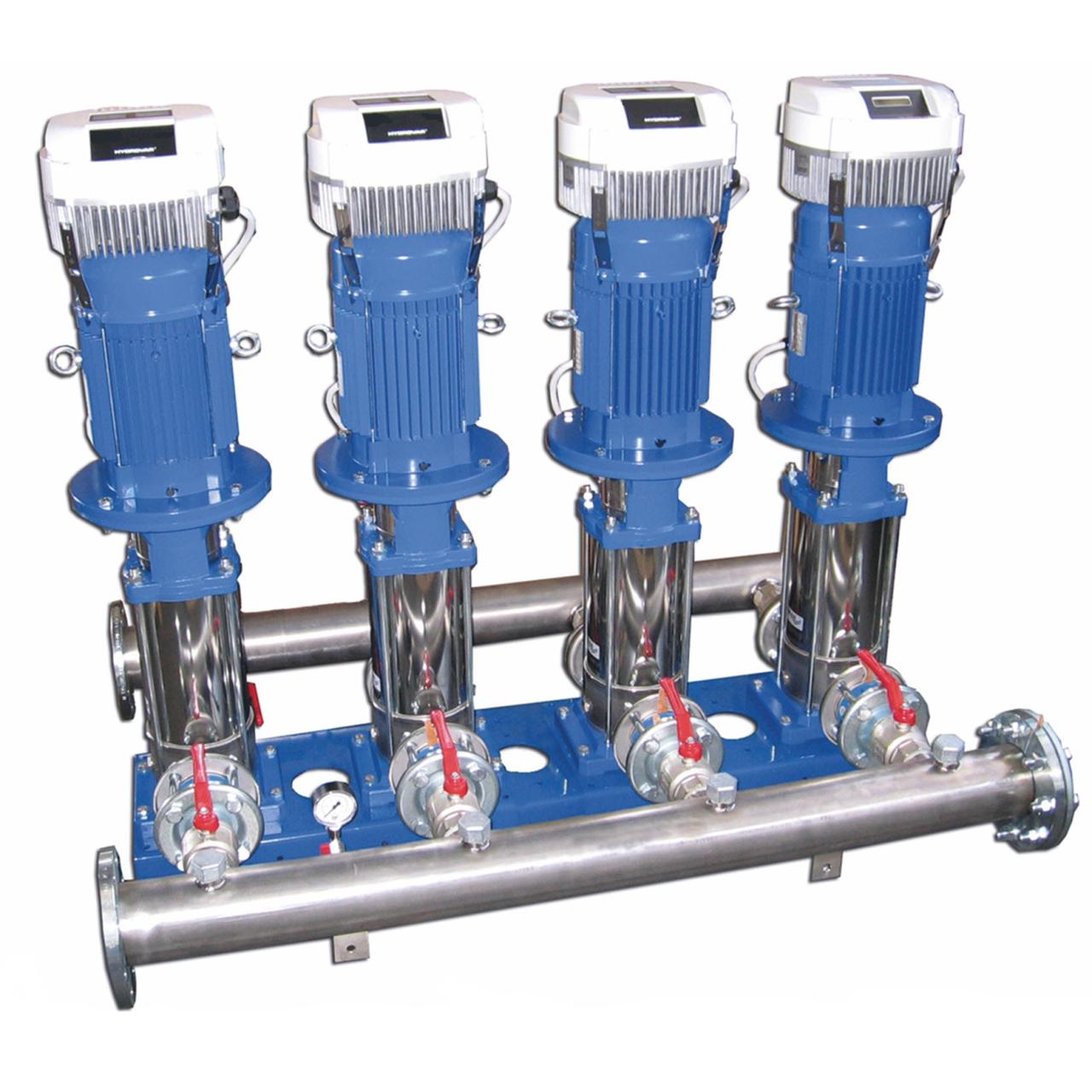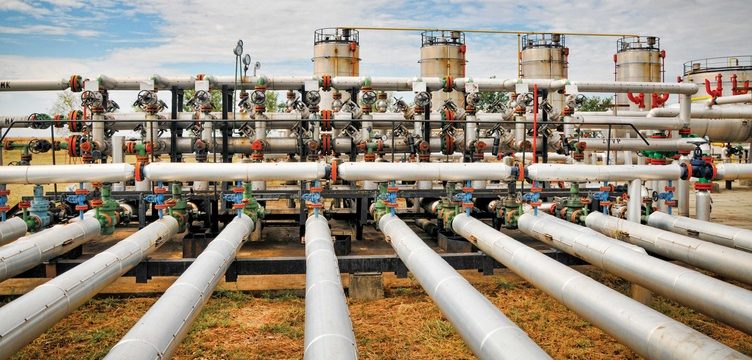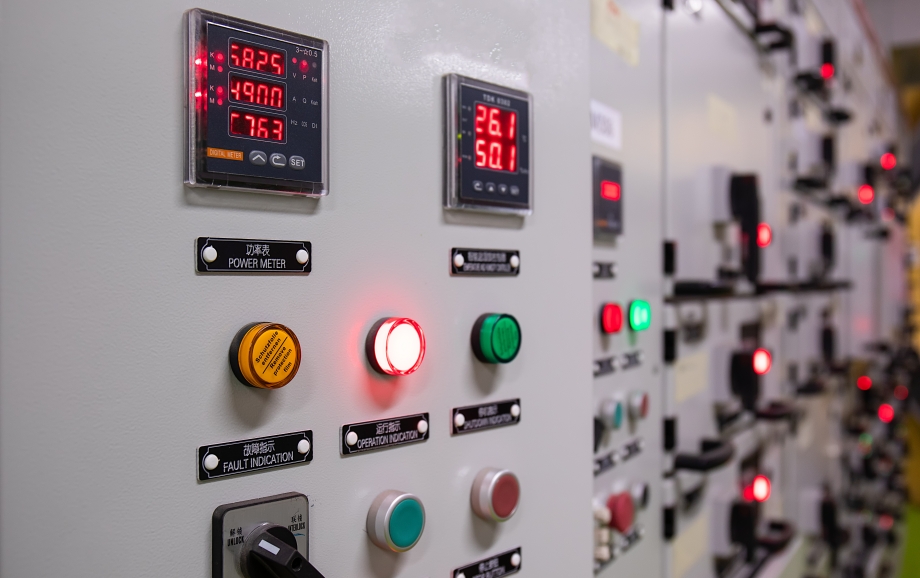Pump Technology: Moving Fluids, Powering Industries
Pump technology, the heart of fluid movement, plays a crucial role in countless industries, from supplying clean water to our homes to powering vast oil and gas operations. From the […]

Pump technology, the heart of fluid movement, plays a crucial role in countless industries, from supplying clean water to our homes to powering vast oil and gas operations. From the simple hand pump to sophisticated high-pressure systems, pumps have evolved to meet the demands of our modern world.
This comprehensive guide delves into the intricacies of pump technology, exploring its fundamental principles, diverse types, key components, performance characteristics, selection and sizing, installation, maintenance, and wide-ranging applications.
Introduction to Pump Technology
Pump technology is a crucial aspect of numerous industries, encompassing a wide range of applications from water supply and irrigation to chemical processing and oil and gas extraction. Pumps are essential for moving fluids from one location to another, often against gravity or pressure differences. This technology plays a vital role in our daily lives, ensuring the efficient operation of various systems and processes.
The fundamental principle behind pump operation involves converting mechanical energy into hydraulic energy. This energy conversion enables the pump to increase the pressure and velocity of the fluid it handles. Pumps achieve this by employing various mechanisms, such as impeller rotation, piston movement, or diaphragm displacement, to create a pressure differential that drives the fluid flow.
Historical Development of Pump Technology
The evolution of pump technology spans centuries, with advancements driven by the need to overcome challenges in fluid handling. Early pumps, dating back to ancient civilizations, relied on simple mechanical principles. The development of the Archimedes screw, a device for lifting water, marked a significant milestone.
Over time, pump technology progressed with the advent of new materials, manufacturing processes, and design innovations. The invention of the centrifugal pump in the 19th century revolutionized the industry, offering high flow rates and efficiency.
- Ancient Times: Early pumps like the Archimedes screw and the shadoof, a simple lever system, were used for irrigation and water supply.
- 18th and 19th Centuries: The invention of the steam engine led to the development of powerful pumps for industrial applications. The centrifugal pump, with its rotating impeller, emerged as a significant innovation.
- 20th Century: Advancements in materials, manufacturing processes, and design led to the development of more efficient and reliable pumps. Electric motors became the primary power source, replacing steam engines.
- 21st Century: Focus on energy efficiency, environmental sustainability, and digitalization has driven the development of smart pumps with variable speed drives, advanced monitoring systems, and predictive maintenance capabilities.
Types of Pumps: Pump Technology

Pumps are essential components in various industries, playing a crucial role in moving fluids from one location to another. The selection of the appropriate pump type depends on the specific application and the properties of the fluid being pumped. Pumps are broadly classified based on their operating principles, which dictate how they generate fluid flow. This classification helps understand the strengths, weaknesses, and suitability of each pump type for different applications.
Centrifugal Pumps
Centrifugal pumps are the most common type of pump used in various applications. They operate based on the principle of converting rotational energy into kinetic energy, which is then converted into pressure energy.
- Working Mechanism: Centrifugal pumps consist of an impeller, a casing, and an inlet and outlet. The impeller rotates, creating a centrifugal force that throws the fluid outward. This outward motion increases the velocity of the fluid, which is then converted into pressure as the fluid enters the casing and flows through the outlet.
- Advantages:
- High flow rates and relatively low pressures.
- Simple design and relatively low maintenance requirements.
- Widely available and cost-effective.
- Can handle a wide range of fluids, including liquids with suspended solids.
- Disadvantages:
- Lower efficiency compared to positive displacement pumps at low flow rates.
- Sensitive to cavitation, which can damage the impeller.
- Limited suction lift capabilities, typically less than 30 feet.
- Applications: Centrifugal pumps are widely used in various applications, including:
- Water supply systems
- Industrial processes
- Irrigation systems
- Wastewater treatment
- Firefighting systems
Positive Displacement Pumps
Positive displacement pumps operate by trapping a fixed volume of fluid and then forcing it out of the pump chamber. They are characterized by their ability to generate high pressures and relatively low flow rates.
- Working Mechanism: Positive displacement pumps use a mechanism that traps a fixed volume of fluid and then forces it out of the pump chamber. This mechanism can be a rotating screw, a reciprocating piston, or a rotating gear, among others. The trapped fluid is then displaced from the pump chamber, creating a pressure difference that drives the flow.
- Advantages:
- High pressure capabilities, allowing for pumping against high resistances.
- Relatively constant flow rate, regardless of pressure fluctuations.
- High efficiency, especially at low flow rates.
- Can handle viscous fluids and fluids with high solid content.
- Disadvantages:
- Limited flow rates compared to centrifugal pumps.
- Higher maintenance requirements due to the complex mechanisms.
- Can be prone to wear and tear, especially in high-pressure applications.
- Applications: Positive displacement pumps are used in various applications, including:
- Hydraulic systems
- Fuel delivery systems
- Chemical processing
- Food and beverage processing
- Oil and gas extraction
Rotary Pumps, Pump technology
Rotary pumps are a type of positive displacement pump that utilizes rotating elements to move fluid. These elements trap a fixed volume of fluid and then force it out of the pump chamber.
- Working Mechanism: Rotary pumps consist of two or more rotating elements that mesh together, creating a series of chambers that trap and displace fluid. As the elements rotate, the trapped fluid is moved from the inlet to the outlet, creating a pressure difference that drives the flow.
- Advantages:
- High flow rates and pressures, depending on the design.
- Relatively low noise and vibration levels.
- Can handle viscous fluids and fluids with suspended solids.
- Disadvantages:
- Higher maintenance requirements compared to centrifugal pumps.
- Limited suction lift capabilities.
- Can be prone to wear and tear, especially in high-pressure applications.
- Applications: Rotary pumps are used in various applications, including:
- Chemical processing
- Food and beverage processing
- Oil and gas extraction
- Water treatment
Conclusive Thoughts
As we journey through the fascinating world of pump technology, we gain a deeper appreciation for its vital role in driving progress and efficiency. From the basic principles of fluid mechanics to the latest innovations in smart pumps and energy-efficient designs, pump technology continues to evolve, shaping our future and ensuring the smooth operation of our interconnected world.
Pump technology has evolved significantly, from basic centrifugal designs to sophisticated variable-speed drives. These advancements have led to increased efficiency and reduced energy consumption. As the demand for skilled professionals in this field grows, opportunities arise in areas like design, manufacturing, and maintenance.
For those interested in a career in pump technology, consider exploring the diverse range of flex technologies jobs available, which often encompass pump-related applications. By staying informed about the latest trends in pump technology, professionals can ensure their skills remain relevant and in demand.










